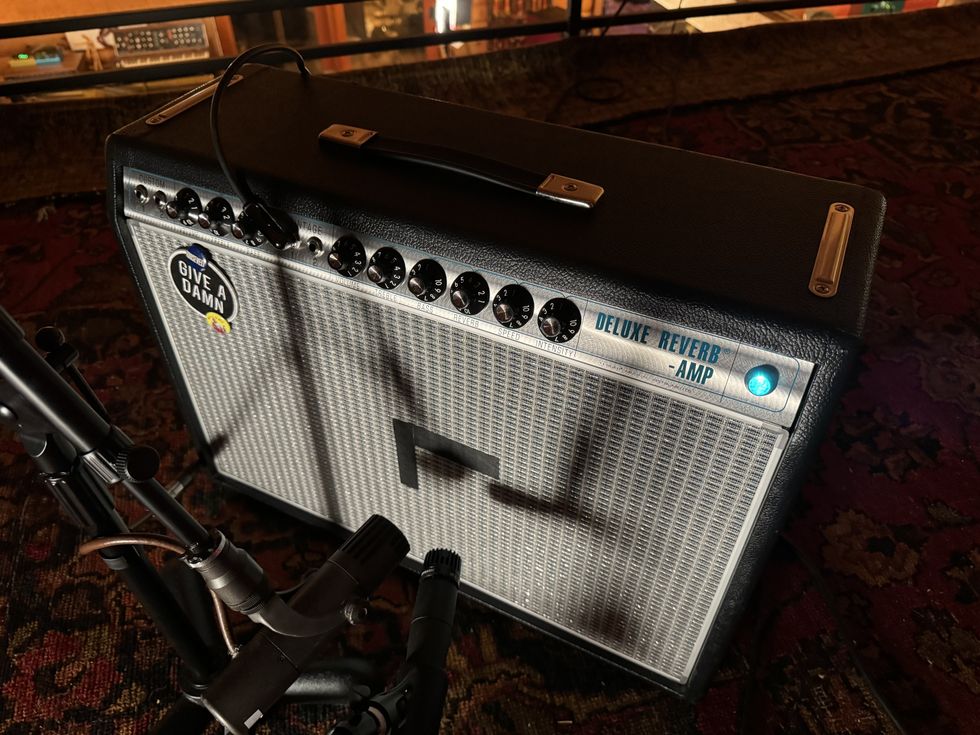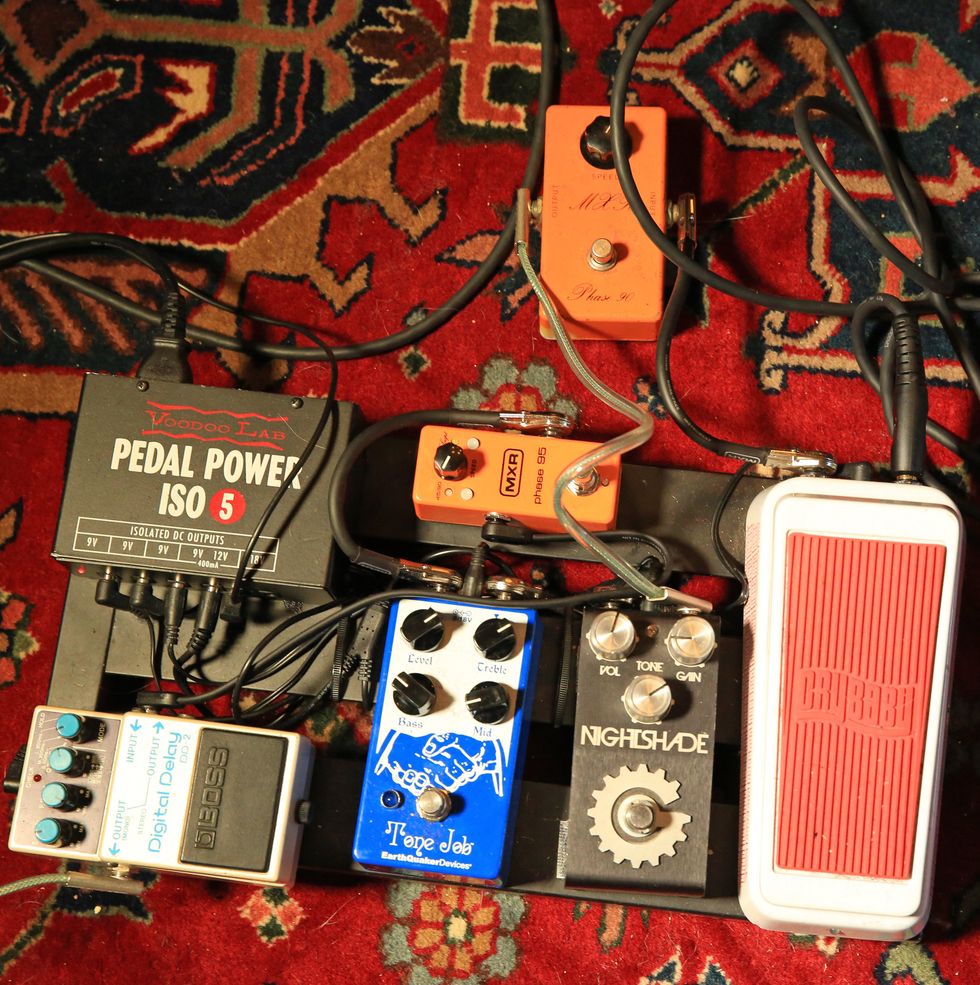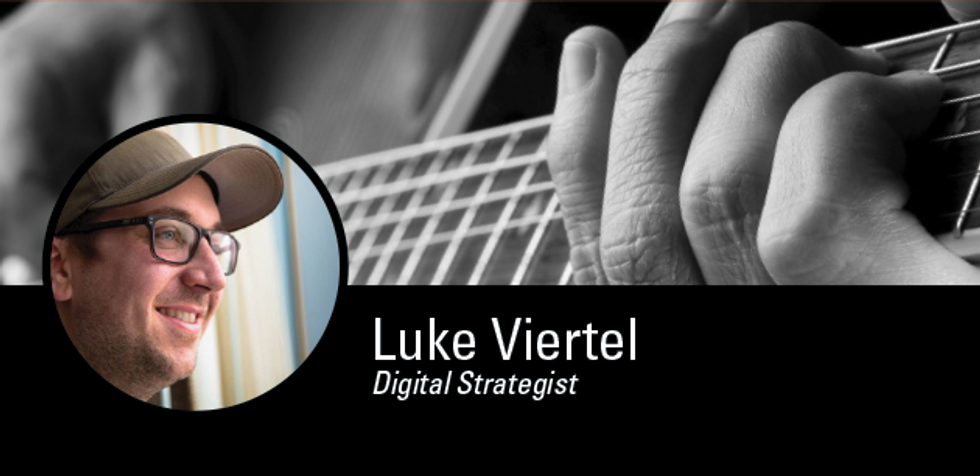Buying impressions and buying attention are not the same thing.
As we near the holiday retail season, many marketing teams around the world are knee-deep in spreadsheets looking for answers to these burning questions. What did we spend this on year? Where did we spend digital promotion this year? Is it working? If not, why isn’t it working?
In many cases, the key questions revolve around marketers’ reliance on programmatic advertising – their primary mode for digital marketing.
What is Programmatic Advertising?
Since the early part of this decade, programmatic banner advertising has taken the marketing world by storm. If you aren’t aware of what marketers are spending 75-85% of the their digital display advertising on, programmatic advertising can be defined pretty simply: advertising bought, placed, and paid for by computers. I mean, it makes sense, right? From our offices to our cars, and even our kitchens, computers dominate our lives. Why wouldn’t they be the best at buying and targeting online advertising?
For the last 10 years or so, a growing number of marketers became convinced that their best value in digital advertising would be to place ads through 3rd-party, programmatic marketplaces. It seemed like an easy, efficient course-of-action. You set a budget and buy into a marketplace of publishers offering their website real estate to target the audiences of your choice - allowing a marketer a hands-off approach from the leg-work required to grow brands.
Does it work?
As usual, with a little experience, most things that sound too good to be true are just that. As noted in this fantastic piece from marketing expert David Kohl, marketers are quickly discovering that programmatic advertising isn’t the end-all-be-all solution to attracting customers online. Marketwide, the results have been declining year after year. But, why? The social media age has taught us all firsthand about audience targeting. You search for a pair of scissors on Amazon. You decide not to buy them and move on to checking Weather.com. You scroll to the middle of the page and there it is -- an ad for scissors. Despite the dystopian, 1984-esque, concerns, there is another clear point here: You’re looking at the weather, is now a great time to offer you that can’t-miss deal on scissors?
Consider the Context and Environment
And, so, we’ve reached the meat of it: Context matters. Here it is directly from Mr. Kohl on the reasons behind the ineffectiveness of programmatic advertising:
“I’d argue we’re witnessing the perfect storm of three interwoven factors that make it nearly impossible to close the gap between programmatic advertising investment and returns: namely the dismal ratio between digital media budgets and their actual media buying power, an over-reliance on audience targeting, and the near complete disregard for the content environment perpetuated by marketer’s love affair with too-cheap-to-be-true programmatic advertising CPMs.”
The environment in which consumers view advertising is perhaps the most essential factor in driving engagement and, eventually, conversions. A 2016 comScore study examined “the effectiveness of advertising appearing adjacent to content generally considered to be premium”. Its research demonstrated a 67% higher brand lift attribute to the contextual environment in which ads are seen. If given the choice between extremely low-cost advertising on a thousand different sites unrelated to my brand, or a more expensive, but high-quality and premium content campaign in my industry, I’m taking the latter every time.
The Takeaway
Buying impressions and buying attention are not the same thing. As Kohl says, “Attention is built on a viewer’s trust of the environments in which ads are seen. Premium, professional content is an environment where attention is greater, dwell times are longer and trust in ad messages is highest.”
Audience targeting can still be a quality choice in reaching consumers. I would argue that the best strategy is to do both audience targeting AND content targeting. Find the content where users are highly engaged and are paying attention and buy your digital ads there.
After all, computers aren’t better at everything.
__
These are just a few, simple ideas to get the most out of your ad buys. If you need a more personal touch, PG’s Marketing Lab is here to help with any and all of your marketing questions. We’d love to help you develop a strategy specific to your brand, including how PG can help you spread the word via our social media channels. You can sign up for a free, no-pressure consultation with me using the calendar below.
In the midst of working on her first album, the 17-year-old guitar star takes PG through her rig.
Guitarist Grace Bowers is a 17-year old California transplant tearing it up in Nashville. Currently working on her first album with producer John Osborne of the Brothers Osborne, Bowers invited John Bohlinger and the PG team to walk through her studio and live rig.
Brought to you by
Molly Tuttle Knows: https://ddar.io/tuttle-rr
XPND Pedalboard: https://ddar.io/xpnd_rr
D’Addario: https://ddar.io/wykyk-rr
Mostly Stock Special

Bowers’ number-one is her mostly stock 1961 Gibson SG Special. The P90s and the skinny neck are a perfect fit for her style. The tuners were changed at some point, and the whammy is no longer attached, but the rest of the axe is original. This guitar and all others are strung with D’Addario .010s.
Osbourne's ES

For PAF humbucker tone on the album, Grace plays John Osborne’s all-stock 1960 Gibson ES-335.
With a Little Help From Her Friends

The one acoustic on the album is this 1968 Gibson 12-string acoustic, on loan from a friend.
Deluxe Simplicity

Bowers keeps it simple with a stock, new-ish Fender Deluxe Reverb amp.
It's Not a Phase, Mom!

Bowers’ pedal setup includes a Dunlop Crybaby Wah, Grindstone Audio Solutions Night Shade Drive, EarthQuaker Devices Tone Job, MXR Phase 90, MXR Phase 95, and Boss DD-2. Bowers powers them with a Voodoo Labs Pedal Power ISO-5.
Shop Grace Bowers' Rig

Gibson SG Special - Vintage Cherry
Gibson ES-335 Semi-Hollowbody Electric Guitar
Gibson Acoustic J-45 12-string Acoustic-Electric Guitar
Fender '68 Custom Deluxe Reverb 1x12" Combo Amp
Dunlop CBJ95 Cry Baby Junior Wah Pedal
MXR Phase 90
Boss DD-3T
EarthQuaker Devices Tone Job V2
Voodoo Lab Pedal Power ISO-5
D'Addario NYXL1046 NYXL Nickel Wound Electric Guitar Strings - .010-.046 Regular Light
David Gilmour's first album in nine years, Luck and Strange, will be released on September 6, 2024, featuring the first track "The Piper's Call."
Luck and Strange was recorded over five months in Brighton and London. The record was produced by David and Charlie Andrew, best known for his work with ALT-J and Marika Hackman.
Of this new working relationship, David says, “We invited Charlie to the house, so he came and listened to some demos, and said things like, “Well, why does there have to be a guitar solo there?” and “Do they all fade out? Can’t some of them just end?”. He has a wonderful lack of knowledge or respect for this past of mine. He’s very direct and not in any way overawed, and I love that. That is just so good for me because the last thing you want is people just deferring to you.”
David Gilmour - The Piper's Call (Official Music Video)
The majority of the album’s lyrics have been composed by Polly Samson, Gilmour’s co-writer and collaborator for the past thirty years. Samson says of the lyrical themes covered on ‘Luck and Strange’, “It’s written from the point of view of being older; mortality is the constant.” Gilmour elaborates, “We spent a load of time during and after lockdown talking about and thinking about those kind of things.” Polly has also found the experience of working with Charlie Andrew liberating, “He wants to know what the songs are about, he wants everyone who’s playing on them to have the ideas that are in the lyric informing their playing. I have particularly loved it for that reason.”
The album features eight new tracks along with a reworking of The Montgolfier Brothers’ Between Two Points and has artwork and photography by the renowned artist Anton Corbijn.
Musicians contributing to the record include Guy Pratt & Tom Herbert on bass, Adam Betts, Steve Gadd and Steve DiStanislao on drums, Rob Gentry & Roger Eno on keyboards with string and choral arrangements by Will Gardner. The title track also features the late Pink Floyd keyboard player Richard Wright, recorded in 2007 at a jam in a barn at David’s house.
Some contributions emerged from the live streams that Gilmour and family performed to a global audience during the lockdowns of 2020 and 2021; Romany Gilmour sings, plays the harp and appears on lead vocals on ‘Between Two Points’. Gabriel Gilmour also sings backing vocals.
The album’s cover image, photographed and designed by Anton Corbijn, is inspired by a lyric written by Charlie Gilmour for the album’s final song "Scattered". Of working with his family on Luck and Strange, David says, “Polly and I have been writing together for over thirty years and the Von Trapped live streams showed the great blend of Romany’s voice and harp-playing and that led us into a feeling of discarding some of the past that I’d felt bound to and that I could throw those rules out and do whatever I felt like doing, and that has been such a joy.”
Luck and Strange will be released on September 6, 2024 on Sony Music.
For more information, please visit davidgilmour.com.
The legendary shred maestro—best known for his work as a solo artist and as a member of Return to Forever and other high-profile, hot-shot collabs—drops by to chat with Cory about his new epic full-length, Twentyfour. It features “sixteen brand-new compositions and they’re all very involved. I hope I don’t have to do this again.”
One of Di Meola’s biggest projects is, of course, the guitar trio he shared with John McLaughlin and Paco de Lucía and their thrilling 1981 record, Friday Night in San Francisco, which elevated the acoustic guitar ensemble to the level of high art. Di Meola shares the behind-the-scenes stories of that tour and the 2022 archival release from the next night’s concert, Saturday Night in San Francisco. He calls the ensemble’s dynamic a “real healthy competition” and explains, “I knew I was up against two guys who were relentless in their delivery of phenomenal ideas. When they finished a solo, it was like, ’Oh my god, what am I gonna come up with.”
No chat with Di Meola, who famously opened up his kitchen in the post-lockdown part of the pandemic, would be complete without a survey of Southern Italian food. Why is sfogliatelle the maestro’s favorite pastry, and where does he get his? If he’s on tour and there’s nowhere to eat but an Olive Garden, what’s his order? And much, much more.



